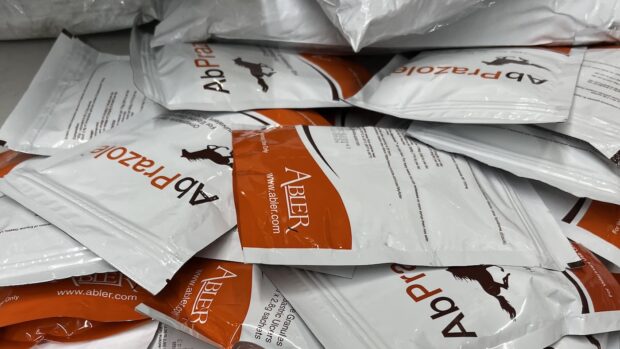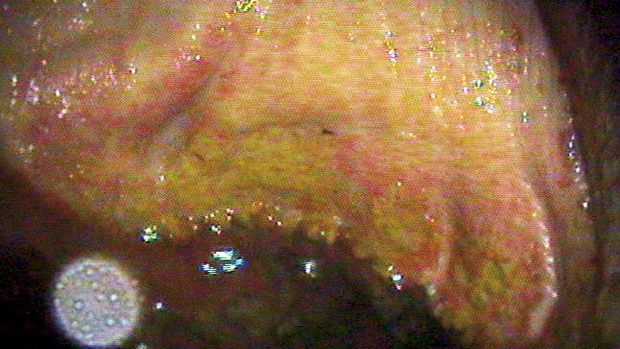Q: My six-year-old gelding, Kipper, was successfully treated for gastric ulcers earlier this year. Afterwards, I was advised to turn him out for four weeks, which I have done.
He has put on weight and is much more relaxed. I know he needs to be on a high-fibre, low-starch diet now he is back in work and his education is continuing. However, he doesn’t like alfalfa or sugar beet and many feeds don’t state the starch content.
He is a slow, fussy eater, with a small appetite. He also suffers from stress at times, and his red cell blood count is at the low end of normal. He lacks energy and tires easily, so I had a blood test done, but it came back as “unremarkable”. What feed would you suggest to protect him against future ulcers, give him energy and some topline or muscle?
A: “Studies around the world have established that between 85-90% of racehorses and 75-85% of sport horses suffer from gastric ulcers,” explains nutritionist Dr Teresa Hollands of Dodson & Horrell. “They happen when the acidity production exceeds the protective factors. Saliva provides the most buffering within the equine stomach, so any changes to diet that reduces saliva will increase the risk of gastric ulcers.
“Horses are trickle feeders, so their stomachs produce acid all the time: they therefore need to be producing saliva frequently. Horses produce 1ml of saliva per chew. They chew about once every second and take around 4,500 chews to eat a kilo of forage and 1,200 chews to eat a kilo of concentrates.
“This is why it is vital to ensure adequate fibre intake before you consider any bucket feed. Decreased fibre means decreased chews, decreased chews means decreased saliva production, decreased saliva production equals ouch!
“Decreased fibre intake also means that B vitamin synthesis in the hind gut is likely to be compromised. Reduced B vitamins are associated with loss of appetite and irritability. Increasing his fibre will therefore help rectify several of your concerns. It would also be worth giving Kipper a vitamin B supplement until his fibre intake increases.
“From information and photographs you have supplied, Kipper appears to be at an ideal weight and condition — you can feel his ribs but not see them — but you are worried about his lack of topline and muscle.
“These will improve automatically once you are able to put more work into him. In spite of his fussy attitude to food, you obviously have the correct calorie intake, so I would not advise feeding any more calories.
“It should be very achievable to provide a balanced diet for him on 3-4lb of energy food.”
Teresa has conducted a thorough examination of Kipper’s current diet and regime, and sent his owner a detailed report with specific recommendations on his diet.
In general for horses prone to gastric ulcers, she recommends:
- Ad lib fibre; minimum of 2% bodyweight for horses in light work, 1.5% for performance horses
- Fibre does not have to be simply low-calorie roughage. Any fibre source that stimulates chewing and therefore saliva production should be encouraged. High-calorie fibre sources for the performance horse include alfalfa chaff, grass chaff, sugar beet shreds
- Daily turnout on best possible grazing to ensure anti-oxidant intake, including vitamin E and psychological entertainment
- Feeds should be small and fed little and often so saliva production is spaced through the day
- Feeding starch as an energy source for performance horses is fine as long as enough fibre is fed and the starch meal sizes are small
- Minimise stress in the horse’s life
- Ensure the diet is balanced
- Useful supplements might include anti-oxidants, B vitamins, Yea-sacc




